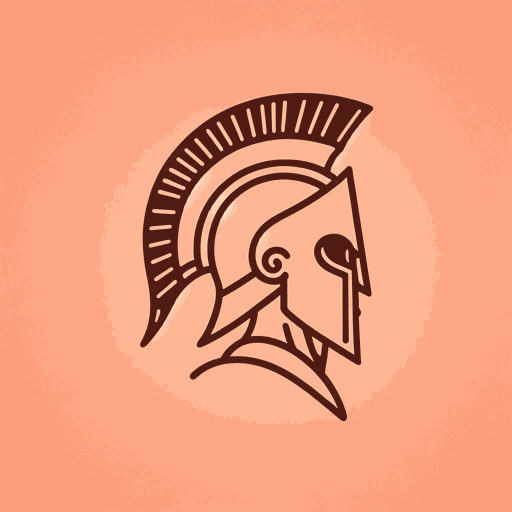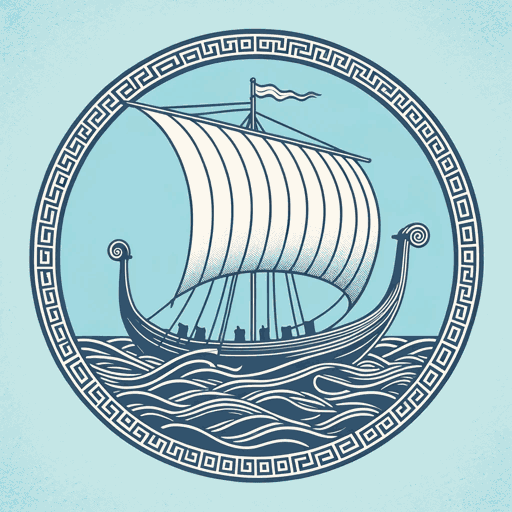116 pages • 3 hours read
Homer, Transl. Robert FaglesThe Iliad
Fiction | Novel/Book in Verse | Adult | BCEA modern alternative to SparkNotes and CliffsNotes, SuperSummary offers high-quality Study Guides with detailed chapter summaries and analysis of major themes, characters, and more. For select classroom titles, we also provide Teaching Guides with discussion and quiz questions to prompt student engagement.
Introduction
The Iliad
- Genre: Fiction; heroic epic in verse
- Originally Published: Unknown; written origins often dated to 8th century BCE; translation by Robert Fagles published in 1990
- Reading Level/Interest: Grades 11-12; college/adult
- Structure/Length: Approx. 15,700 lines of dactylic hexameter divided into 24 books (original Greek translation)
- Protagonist and Central Conflict: The epic poem follows Greek hero Achilles into the later violent and deadly episodes of the Trojan War, exploring themes of fate, anger, pride, and the hero’s journey.
- Potential Sensitivity Issues: War; death; violence; objectification of women
Homer, Author
- Bio: The authorship of The Iliad and The Odyssey continue to be debated; in fact, the name “Homer” may refer to the tradition of epic hexameter verse rather than a writer. Scholars tend to think the poem was established in the oral tradition over centuries, then written down sometime around mid-8th century BCE.
- Other Works: The Odyssey (Greek epic poem typically attributed to Homer); other Robert Fagles translations: The Odyssey (1996); The Aeneid (2006)
- Awards: Academy of American Poets Harold Morton Landon Translation Award (1991)
CENTRAL THEMES connected and noted throughout this Teaching Unit:
- Journey of the Hero
- Fragility of Human Life and Creations
- Poetry as a Medium of Immortalization
STUDY OBJECTIVES: In accomplishing the components of this Unit, students will:
- Develop an understanding of the historical contexts of oral traditions and Poetry as a Medium of Immortalization.


